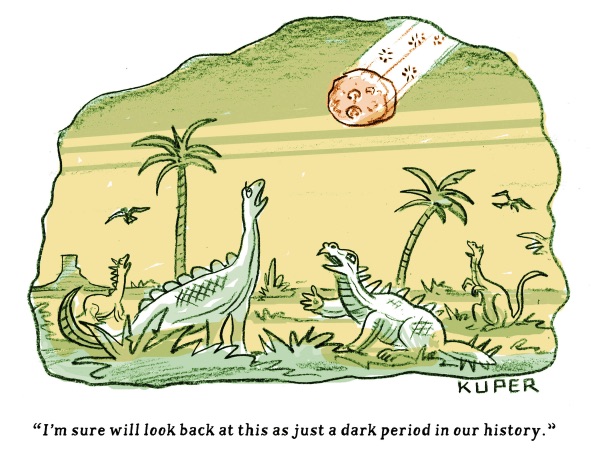In 2007 a proposal to stripe a blue line throughout downtown Santa Barbara would have shown the potential sea level rise in our fair city as a result of climate change. I was shocked to see how much of the community would be impacted — sandy beaches gone, coastal habitats lost, neighborhoods wiped out, and transportation corridors flooded.
At the time, I was working on creek and watershed protection. This seemed like a great opportunity to integrate a message about the health of wetlands and upland streams in the face of climate change. But what seemed like a low-key, elegant gesture using art to expand awareness turned into a high-profile, heated debate between environmental concerns and business interests.
City leaders ultimately rejected the Light Blue Line project for fear it would impact property values on the “ocean side” of the line. Sea level rise, and other climate impacts, were considered problems for the distant future, and I believe our community simply wasn’t ready to accept the implications of that light blue line — the weakness it revealed in our social, economic, and environmental infrastructure.
Now, 13 years later, the threats of climate change are clear and present, with interconnected, cascading impacts bearing down on all parts of the community — from farmlands to river valleys, from mountain tops to beaches. Longer droughts, hotter temperatures, and shifting weather patterns are contributing to longer fire seasons, more intense storms, and catastrophic flooding. Between the threat of fires and mudslides on one side and rising seas and storm surges on the other, parts of our county are literally being squeezed on all flanks.
We are, of course, a resilient species, heroically living through and recovering from each disaster and extreme event with courage and endurance. But we cannot avoid the hard truth.
Climate change will have long-term consequences on all living beings for a very long time, and we cannot hold it back using outmoded strategies. We must create a new vision of climate resilience — one grounded in greater social and economic equity and appreciation for natural ecosystems.
There will be social, emotional, and financial consequences to shifting from what we know, how we live in this region, and what has worked for so many of us in the past. But the consequences will be far more painful if we simply choose to do nothing and allow the social fabric of our communities to be swallowed up by rising tides and a changing environment.
This is the time to engage. To participate in community dialogues like the one hosted by the Natural History Museum and Community Environmental Council in January. To learn from books like the 2020 UCSB Reads selection Rising: Dispatches from the New American Shore. To challenge old beliefs that no longer serve our community. To support land use and other planning discussions that will define our future. We must give this our best thinking to ensure long-term community resilience and well-being for all.
I don’t know what conversations would be well underway if the city had allowed the Light Blue Line project to go forward. Would we be further along in acknowledging sea level rise and its impact on beaches, neighborhoods, and infrastructure? Would we have already taken greater strides to incorporate equity and social justice into our community planning? Would we be ready to talk about the personal sacrifices and choices needed by all for true climate resilience?
What I do know is that our action now — or lack of action — will have serious repercussions that will echo down the halls of history.
Sharyn Main has 35 years of experience in philanthropy and the non-profit sector, currently as the Climate Resilience Program Director at the Community Environmental Council, a nonprofit organization based in Santa Barbara working on incubation and innovation of real-life solutions that directly impact climate change.

